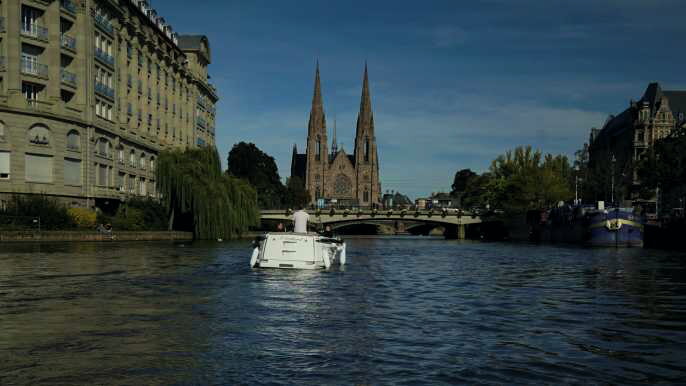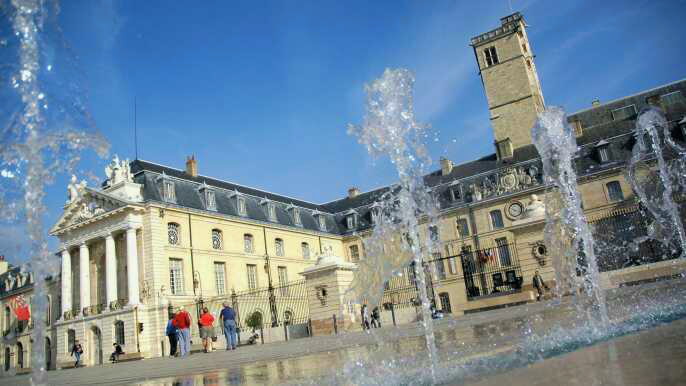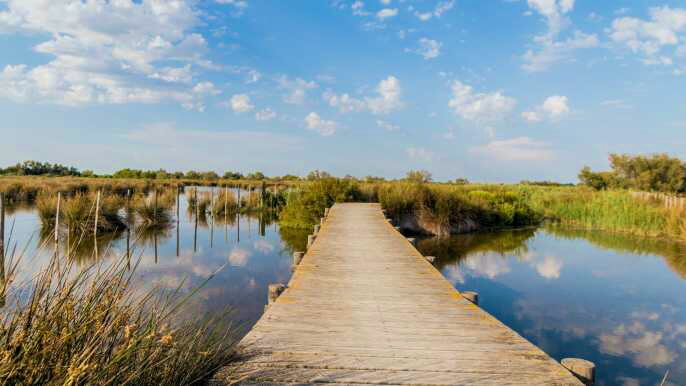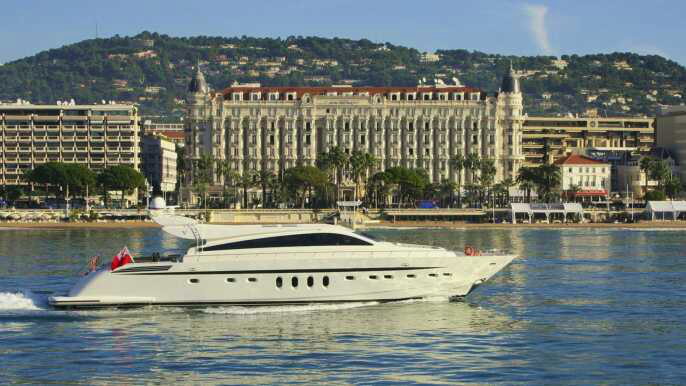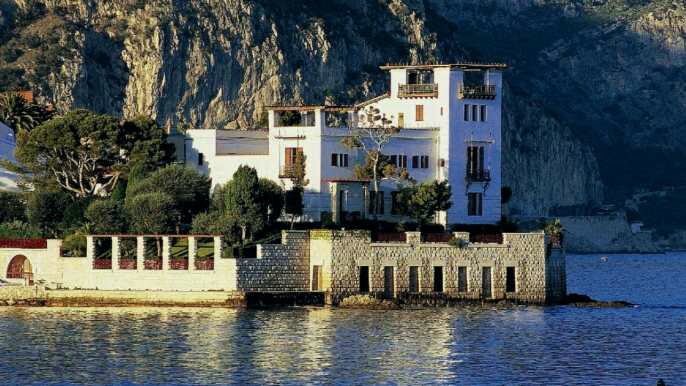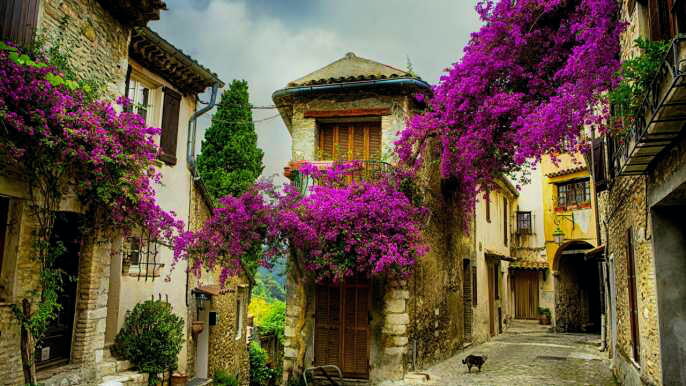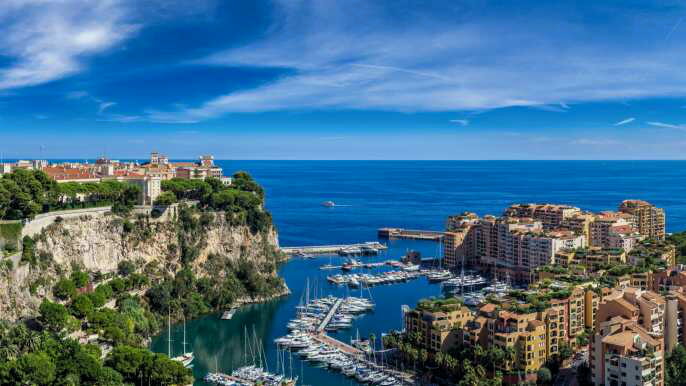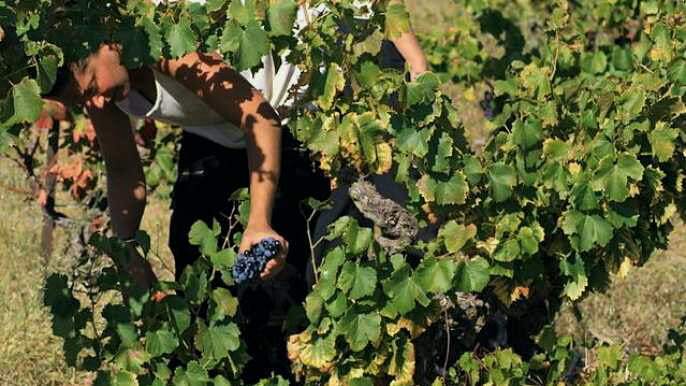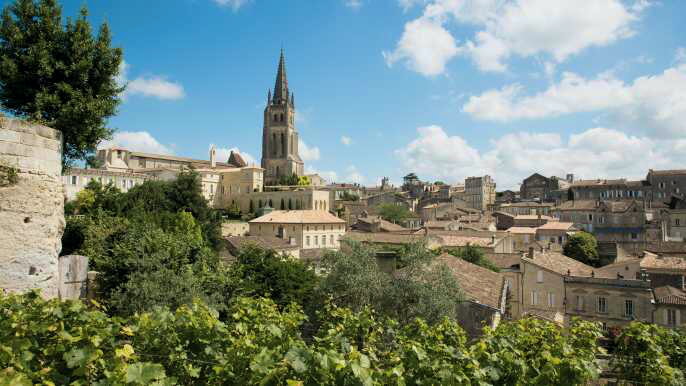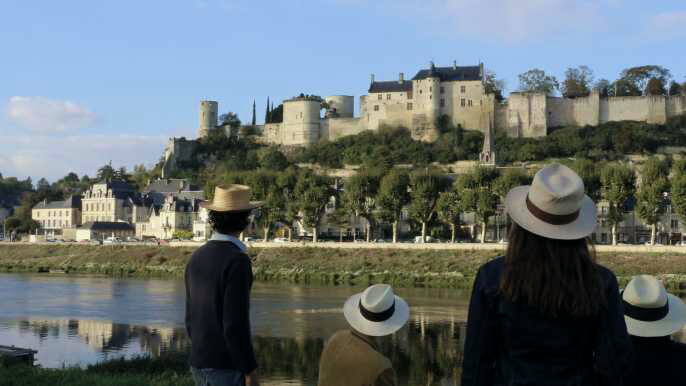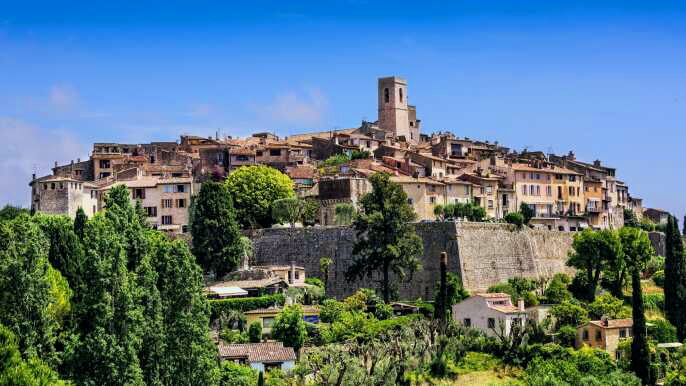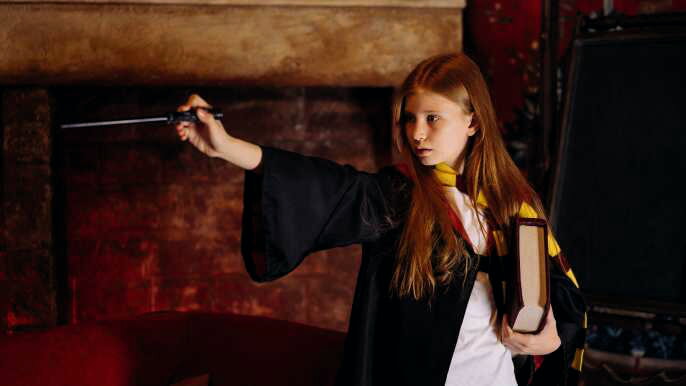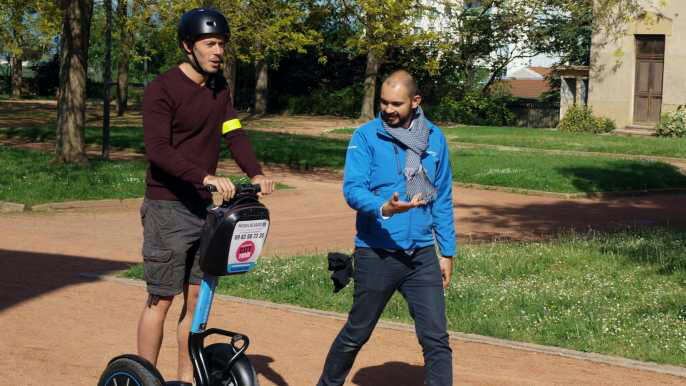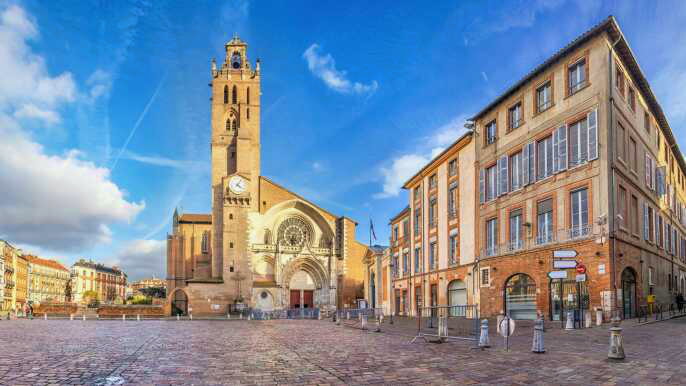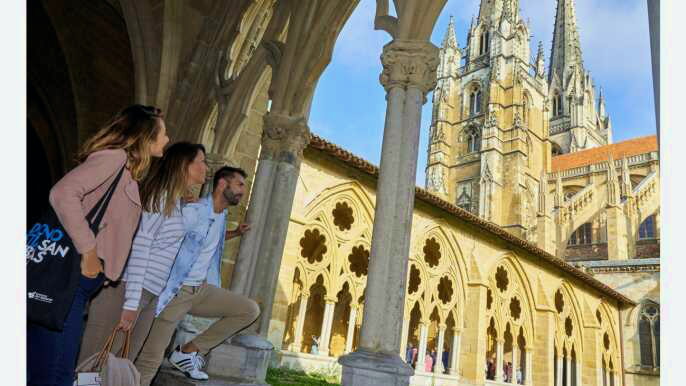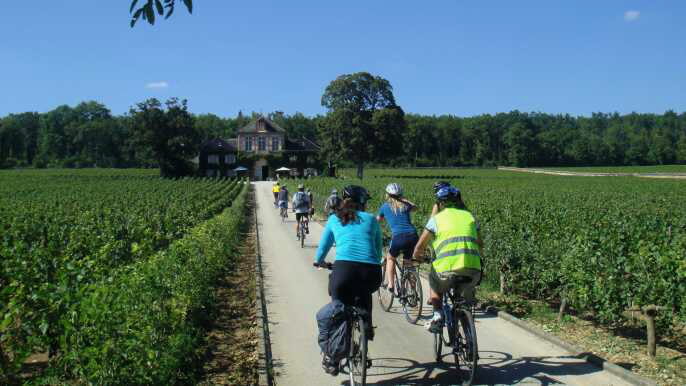Reims is famous for the coronation of French kings and the production of Champagne. The UNESCO World Heritage-listed Notre Dame Cathedral from 1211 is a gothic gem.
It’s a must-visit for any history buff and every summer it lights up with a stunning free Son & Lumiere show. It’s also worth checking out the Palais du Tau - an impressive former archbishop's palace now a museum. Its collection includes a Charlemagne talisman.
Notre Dame Cathedral
The dominant structure in Reims, this cathedral is one of the most visited religious buildings in France and is known for its beautiful sculpture. It was built in the 13th century and is considered to be a masterpiece of Gothic art.
The Cathedral’s west facade is adorned with more sculpted figures than any other European cathedral. Despite its damage during World War I, it retains much of its statuary and stained glass features.
A great example is the rose window over the main entrance, which depicts the creation of the world and the dormition and assumption of Virgin Mary. The surrounding windows pair images of apostles with bishops from the diocese of Reims, all arranged in radial fashion.
The sculptural ensemble here is also very harmonious and has influenced many later buildings, including Chartres cathedral. The outstanding handling of new architectural techniques and the harmonious marriage of sculptural decoration make Notre Dame Cathedral one of the most important Gothic monuments.
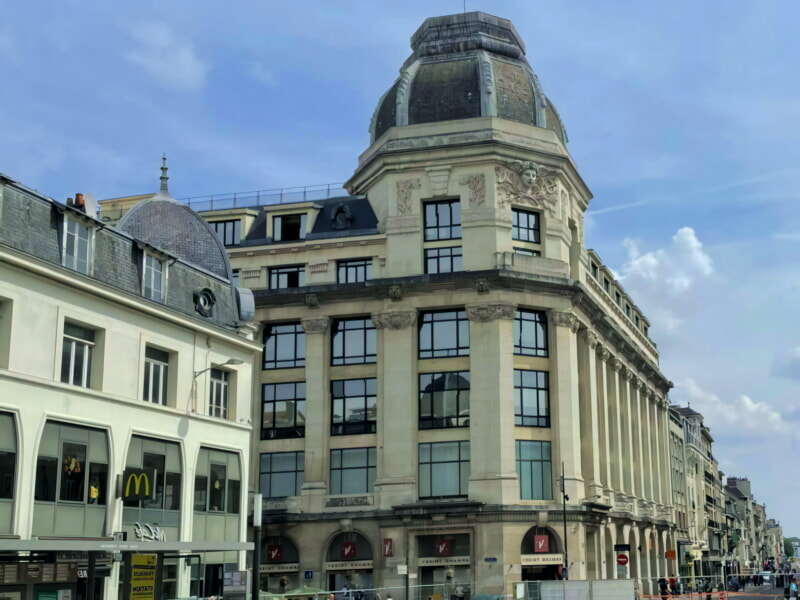
Palais du Tau
Located right next to Reims Cathedral, Palais du Tau (Tau in Greek) was a former archbishop’s palace where French kings stayed before their coronations. This 17th century neoclassical palace, redesigned by Jules Hardouin-Mansart and Robert de Cotte, also served as the venue for famous post-coronation banquets.
Founded in the 8th century, Saint Remi’s abbey church, a place of pilgrimage, has been preserved and features fine Romanesque sculptures. It was here that Saint Remi, the bishop who baptised Clovis, the first King of the Franks, was buried.
Its royal treasury features pieces like Charlemagne’s 9th-century talisman and Saint Remi’s golden, gem-encrusted chalice, used during coronations. Visitors can also explore the magnificent Gothic-style Salle de Tau, which was the place where the French monarchs held their sumptuous feasts after their coronations.
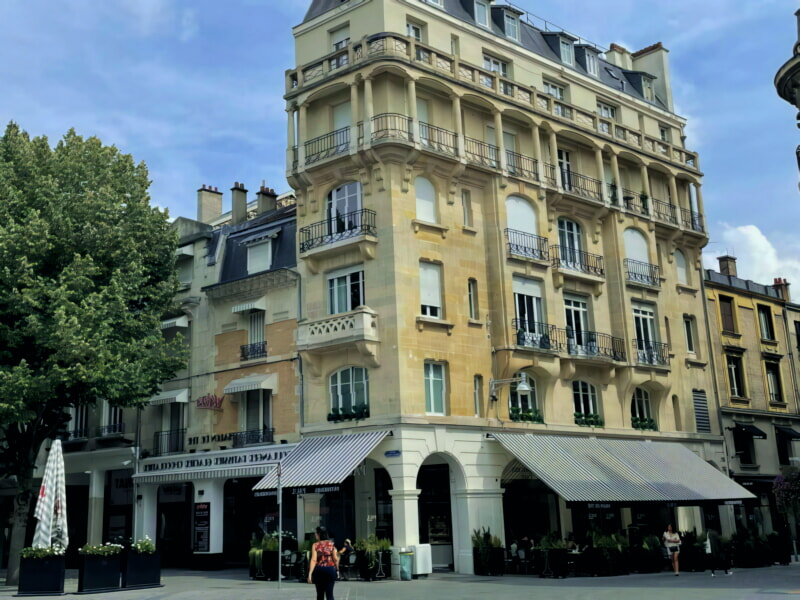
Basilica Saint-Remi
The Basilica Saint-Remi is a major religious site in Reims. Dedicated to the 5th century bishop Remi, it is the largest Romanesque church in northern France and a Unesco World Heritage Site.
This 121m-long former Benedictine abbey church mixes Romanesque elements from the mid-11th century (the nave and transepts) with early Gothic features from the latter half of the 12th century (the choir, with a large triforium gallery). It was damaged during World War I, but it was rebuilt from its ruins over the next 40 years through the meticulous restoration work of architect Henri Deneux.
Inside the basilica, one can see the relics of Saint Remi, who baptized Clovis in 496. The cathedral also houses a collection of 13th-century stained glass windows, a large chandelier with 96 candles and a series of statues depicting the royal coronations held in the church.

Boulingrin covered market
There’s so much to see and to do in Reims, from world-famous Gothic architecture to renowned Champagne houses. This petite city is a must-visit for history buffs, culture vultures and hedonists alike.
- It’s a great base for exploring the Champagne region, which is just two and a half hours from Calais and 45 minutes by high-speed TGV train out of Paris. There’s plenty to do in Reims alone, from a Segway tour of ancient Roman monuments to a visit to the renowned St Remi Royal Abbey.
- If you have time to spare, check out the Boulingrin covered market, a lively place where you can buy local fruits and vegetables, flowers, meat, fish, organic products and more. This is also a good place to find local specialities, such as soft cows cheeses like Chaource and Langres.
- If you’re visiting Reims on a Wednesday, Friday or Saturday morning, a detour to the Boulingrin covered market is a must. It’s a great way to start your day in Reims and to discover the Art Deco style of the 20s, a pride for the city since its creation in 1929.
